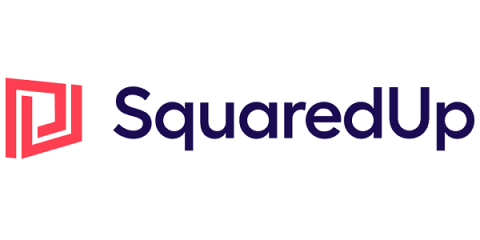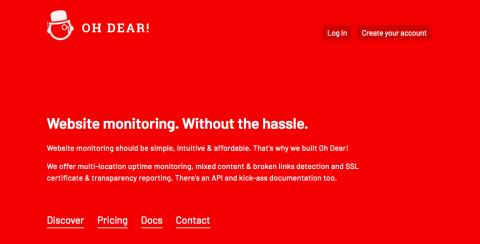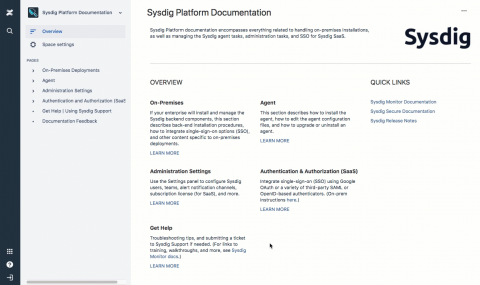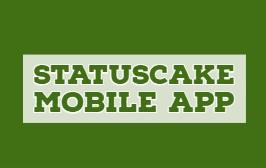Three ways APM will win over the business
You have no doubt heard about Application Performance Management (APM) and how internal IT teams are using APM to stay relevant in the face of competition brought about by shadow IT. So, let us take a look at three business benefits which APM will deliver to your organisation.










